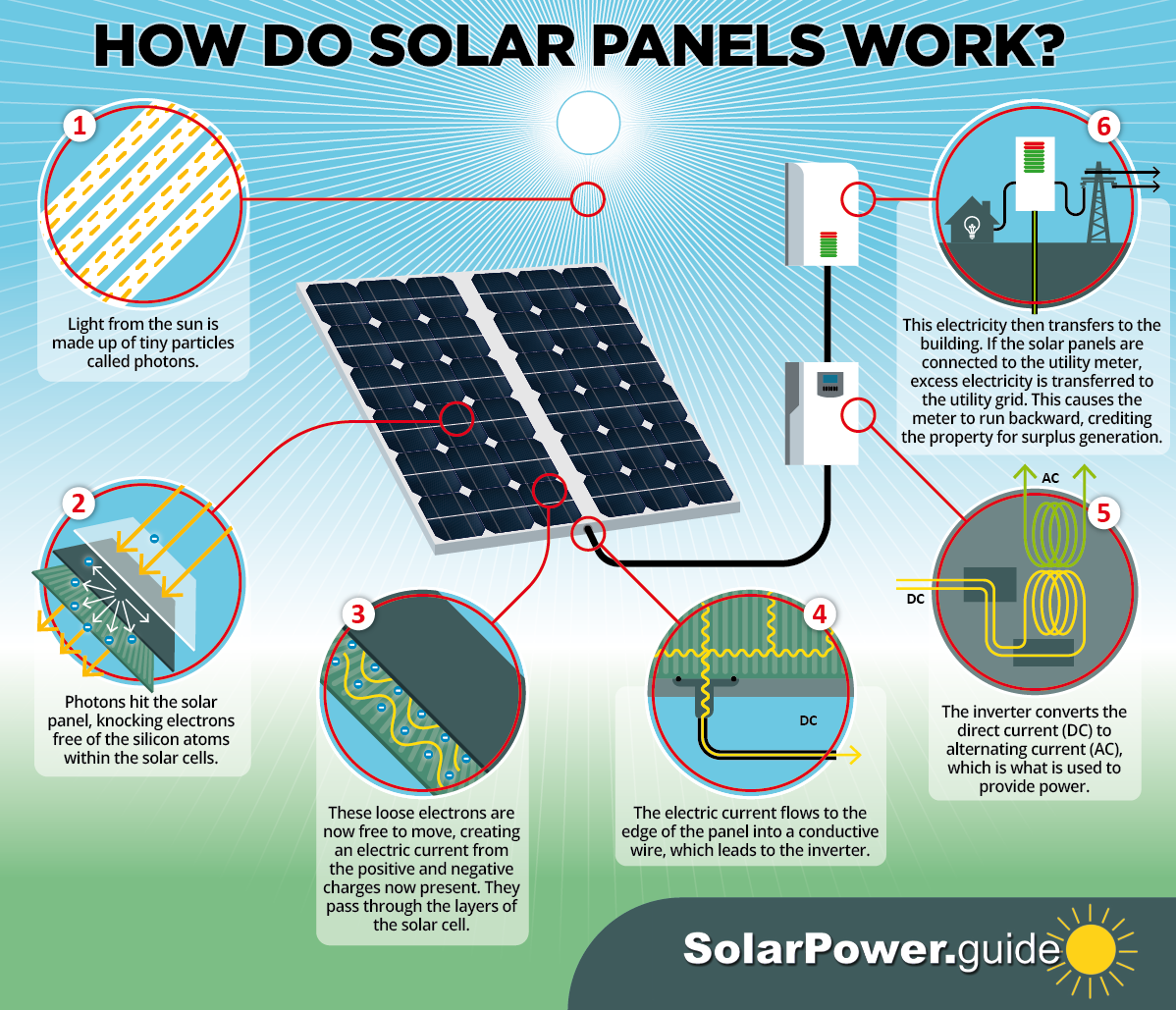Unlock the secrets behind solar panel efficiency and learn how sunlight is transformed into electricity.
The Science Behind Solar Panels
Solar panels are made up of photovoltaic (PV) cells, which are responsible for converting sunlight into electricity. These cells are typically made of silicon, a semiconductor material that can absorb and convert the energy from photons in sunlight. When sunlight hits the PV cells, the photons excite the electrons in the silicon atoms, causing them to move and create an electric current.
The PV cells are layered with other materials to enhance their efficiency. The top layer is usually made of anti-reflective glass, which allows more sunlight to pass through to the cells. The next layer is the semiconductor material, such as silicon, which absorbs the photons and generates electricity. Beneath the semiconductor layer is a conductive metal plate that collects the electric current and transfers it to the inverter.
The inverter then transforms the direct current (DC) into alternating current (AC), which is the standard form of electricity for daily use. This converted electricity powers your property, reducing dependence on the grid. Any surplus electricity produced is fed back into the grid, earning you credits from the utility company for the excess generation.
Overall, the science behind solar panels involves the conversion of sunlight into electricity through the interaction of photons with semiconductor materials like silicon.

Check out this visual guide from solarpower.guide, which explains how solar panels transform sunlight into the energy we use daily.
Comments